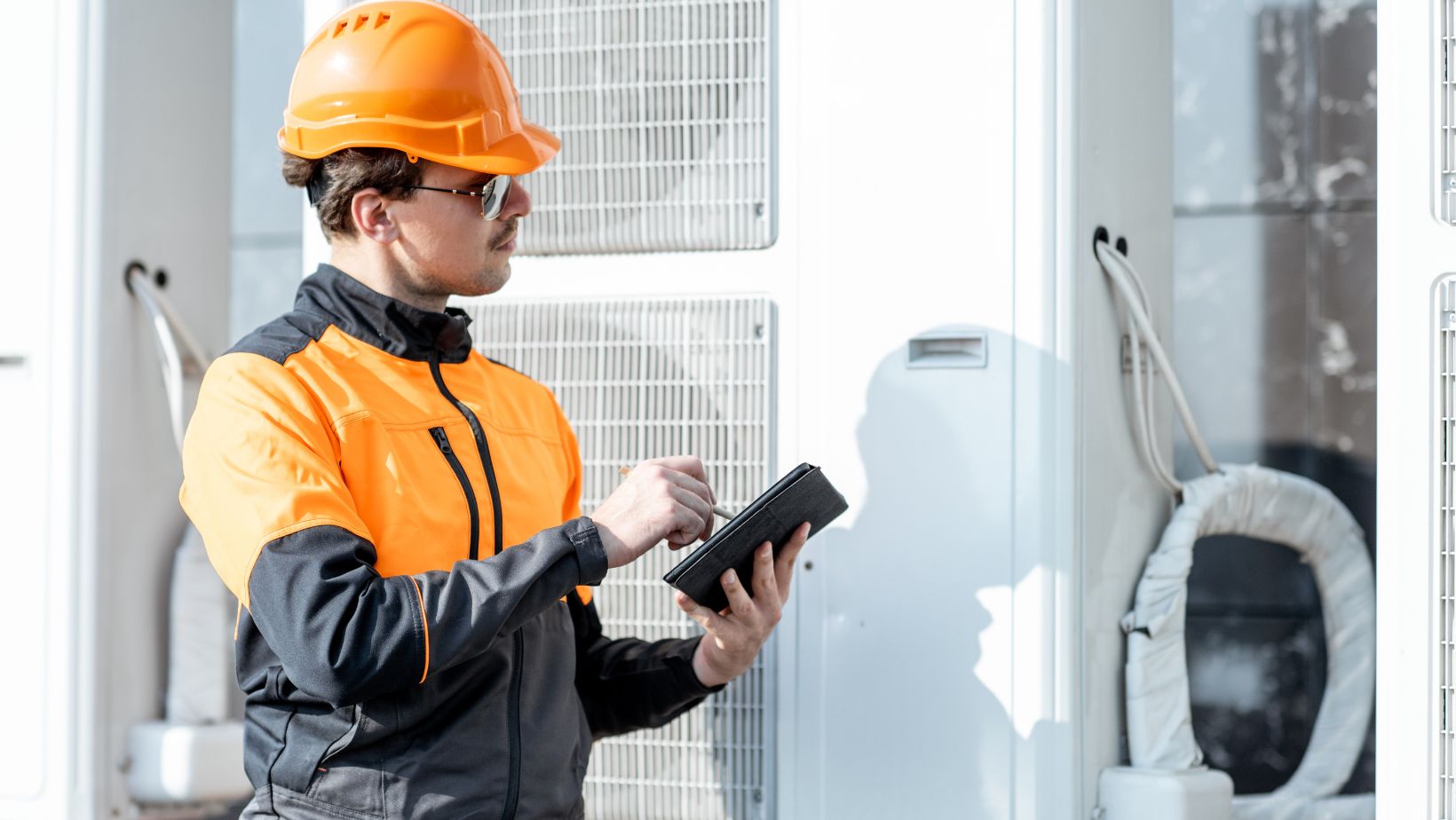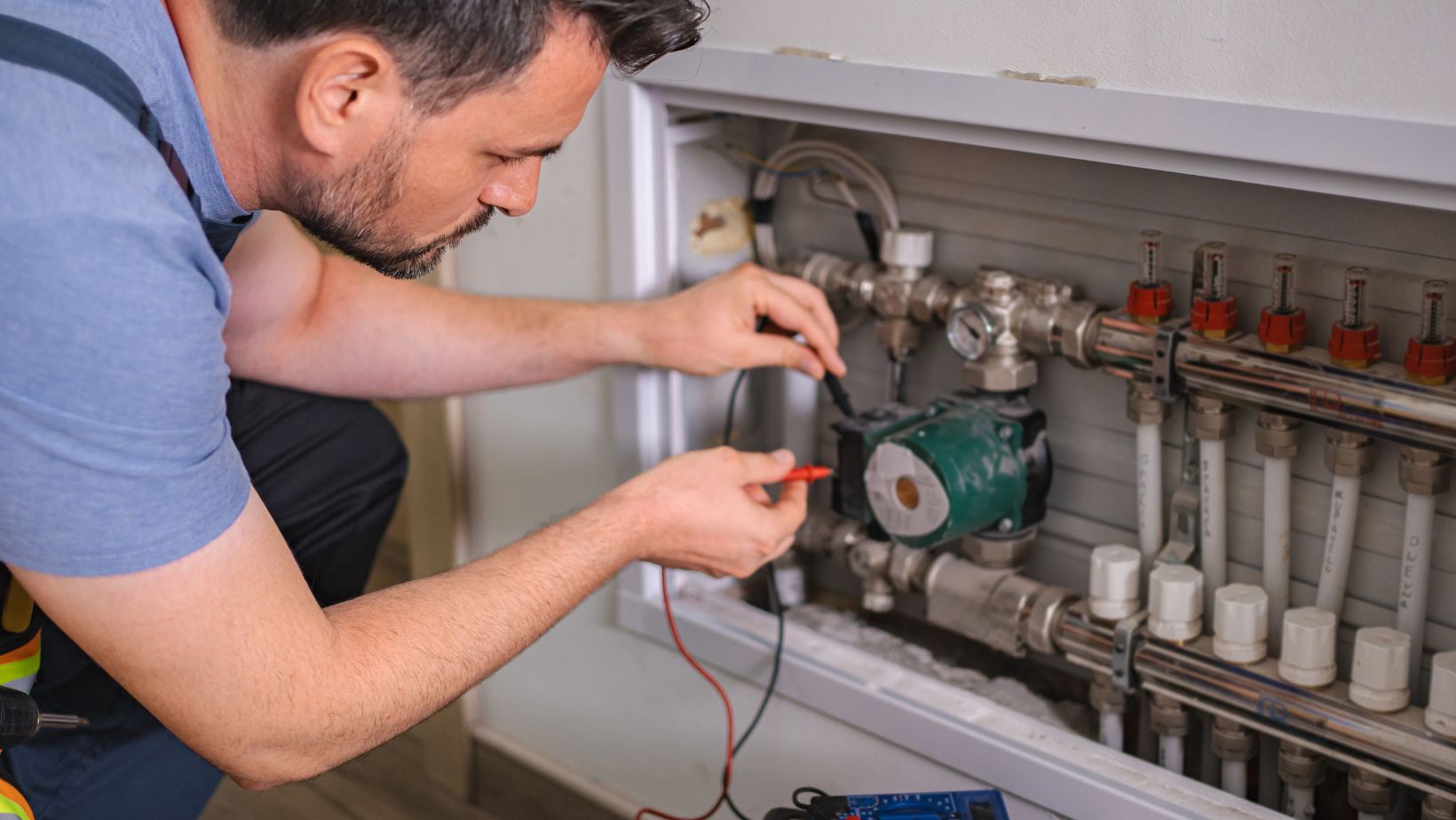As the UK increasingly shifts towards sustainable energy solutions, air-to-water heat pumps have emerged as a prominent player in the quest for efficient heating and hot water systems. These devices leverage the ambient air to provide both space heating and domestic hot water, making them a vital component in reducing carbon footprints and energy costs. However, as with any technology, their effectiveness largely hinges on proper understanding and installation.
Table of Contents
ToggleWhat Exactly is an Air-to-Water Heat Pump?
An air-to-water heat pump is a system that extracts heat from the outside air, even in colder temperatures, and transfers it into water for heating buildings or providing hot water. The pump operates similarly to a refrigerator but in reverse; it uses a refrigerant that absorbs heat from the air, which is then compressed to raise its temperature before being transferred to the heating system.
Benefits of Air-to-Water Heat Pumps
1 Energy Efficiency: Air-to-water heat pumps can achieve efficiencies above 300%, meaning that for every unit of electricity consumed, they can generate multiple units of heat energy.
2 Low Carbon Emissions: Since they mostly use renewable energy from the air, they can significantly lower your home’s carbon emissions compared to traditional gas boilers.
3 Versatility: These systems are not only effective for heating but can also be paired with underfloor heating or radiators to deliver comfort throughout the home.
4 Incentives and Grants: With government incentives available for renewable energy technologies in the UK, homeowners can benefit financially from installing these systems.
Installation: The Backbone of Performance
One of the critical factors that determine the efficiency of an air-to-water heat pump is its installation. A poorly installed system can lead to reduced performance, increased energy consumption, and ultimately dissatisfaction with the heating solution. This is where understanding how proper installation impacts performance becomes crucial. The nuances of installation—such as the location of the outdoor unit, the size of the system, and its integration with existing heating solutions—can make a significant difference in the system’s operational efficiency.

A well-planned installation not only maximises energy efficiency but also enhances the longevity of the system while providing a comfortable indoor climate. For comprehensive insights on installation best practices, you might want to take a look at this detailed guide.
Common Misconceptions
Despite their advantages, air-to-water heat pumps are often enveloped in myths that can turn homeowners away from exploring this option:
• Ineffective in Cold Weather: Many believe that these systems can’t operate efficiently in winter. However, modern units are designed to extract heat even at low temperatures, making them suitable for year-round use.
• High Installation Costs: While the upfront cost may be higher than traditional systems, the long-term savings on energy bills often offset these initial expenses.
• Compromise on Comfort: Contrary to assumptions that heat pumps deliver lukewarm heat, they can effectively maintain a consistent and comfortable indoor temperature when designed correctly.
Key Factors to Consider Before Installation
If you’re considering an air-to-water heat pump for your home, there are several critical factors to consider:
1. Sizing the System Appropriately
Getting the size right is paramount. An undersized unit will struggle to heat your home adequately, while an oversized one can lead to inefficiencies and higher operating costs. Consulting a professional can ensure the correct size for your specific property and needs.
2. Choosing the Right Location
The placement of the outdoor unit can influence efficiency. It should be situated where it’s unobstructed by elements that could restrict airflow, such as shrubs and fences. A location with good ventilation helps maximise the heat extraction process.
3. Integration with Existing Systems
If you already have a heating system in place, consider how your new heat pump will integrate with it. Many households find that combining an air-to-water heat pump with existing radiators or underfloor heating provides the best results, particularly during the colder months.
4. Insulation and Building Attributes
The overall efficiency of a heat pump is significantly impacted by the insulation of your home. If your house is draughty or poorly insulated, you may not see the full benefits of an air-to-water heat pump. Therefore, improving insulation is often a prudent first step.
Maintenance: Keeping Your System Running Smoothly
After the installation, routine maintenance is essential in ensuring your system operates at peak efficiency. Regular checks, such as cleaning the filters and ensuring the outdoor unit is free from debris, can help prolong the life of your heat pump. Scheduling annual professional inspections can further ensure everything is functioning optimally—saving you potential costly repairs down the line.
The Future of Heat Pumps in the UK
As the UK moves towards its goal of net-zero emissions by 2050, the role of air-to-water heat pumps will become increasingly central. The government’s commitment to renewable energy, coupled with technological advancements in heat pump technology, means that these systems will likely become standard in new builds and retrofits alike.
In conclusion, air-to-water heat pumps represent a compelling solution for sustainable home heating. By understanding the importance of factors like proper installation, home integration, and ongoing maintenance, you can ensure that your investment not only provides the comfort you expect but also aligns with larger environmental goals. Whether you’re upgrading an existing system or exploring solutions for a new build, the potential benefits of air-to-water heat pumps make them worth considering in today’s energy landscape.






